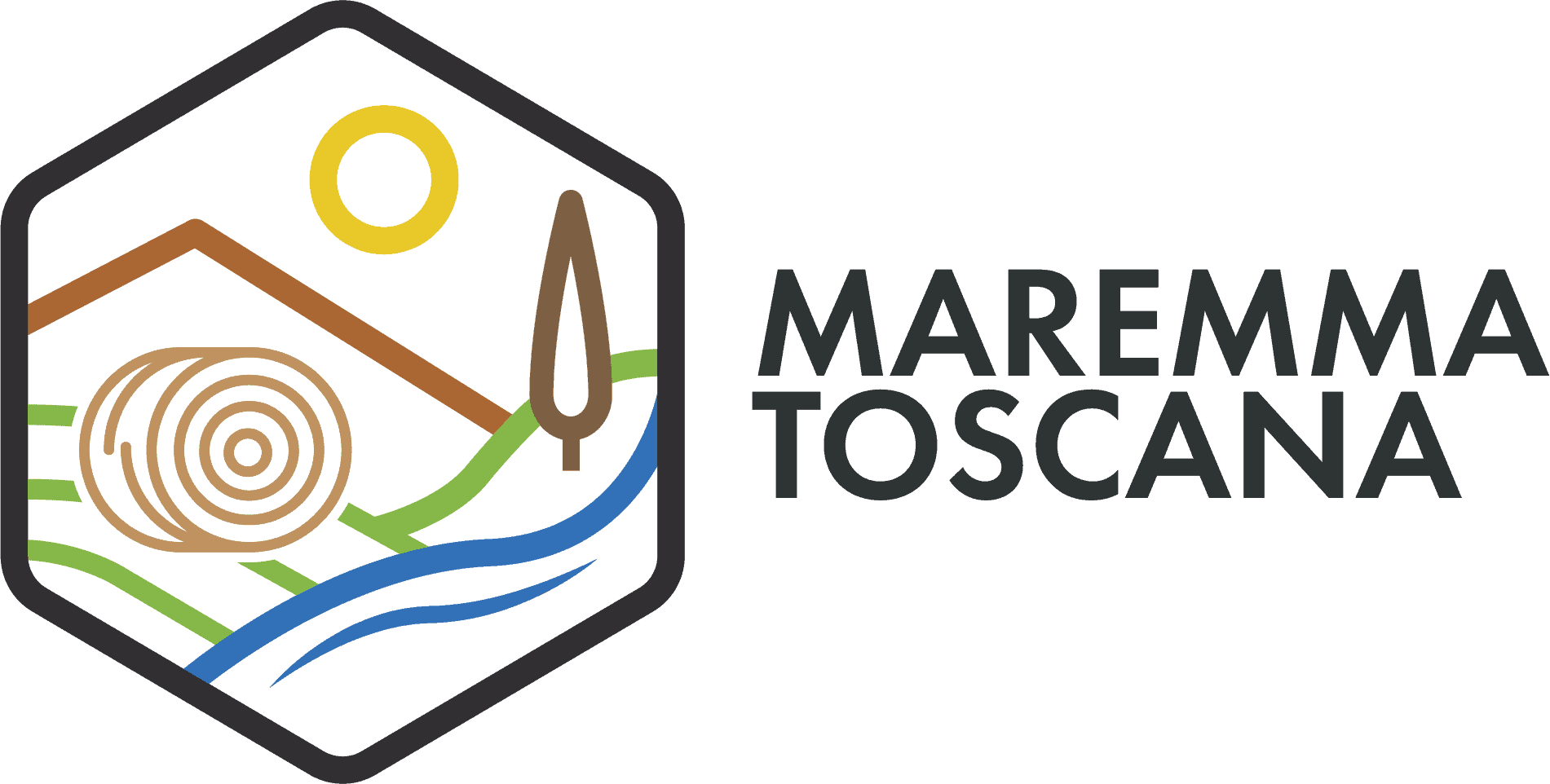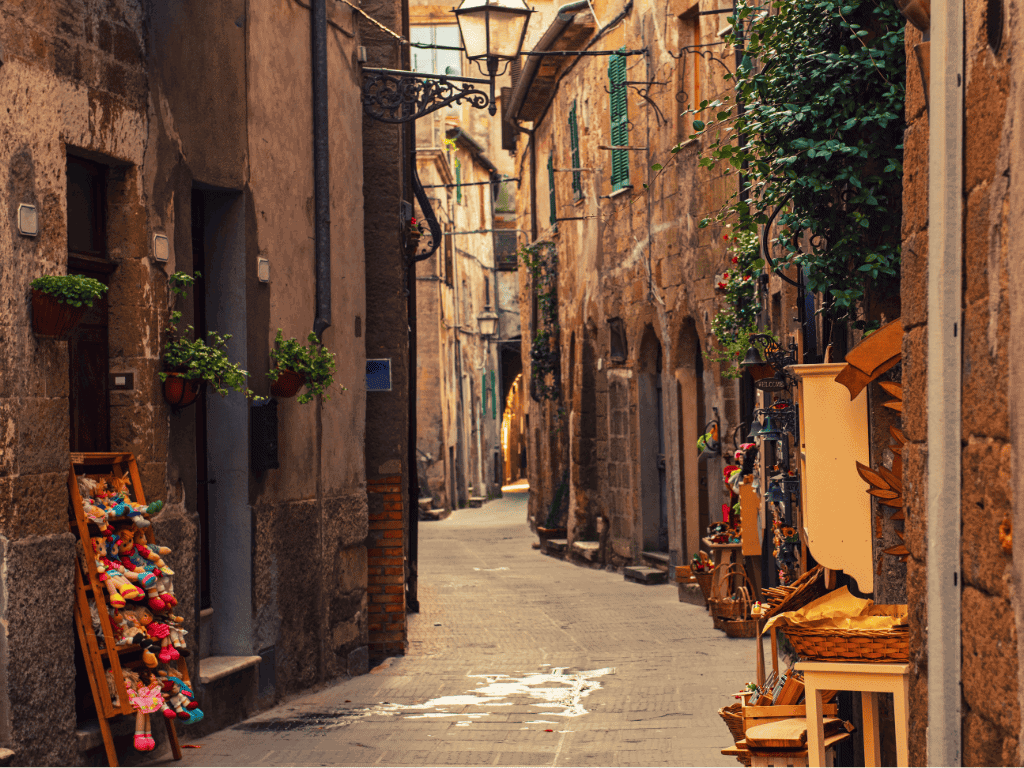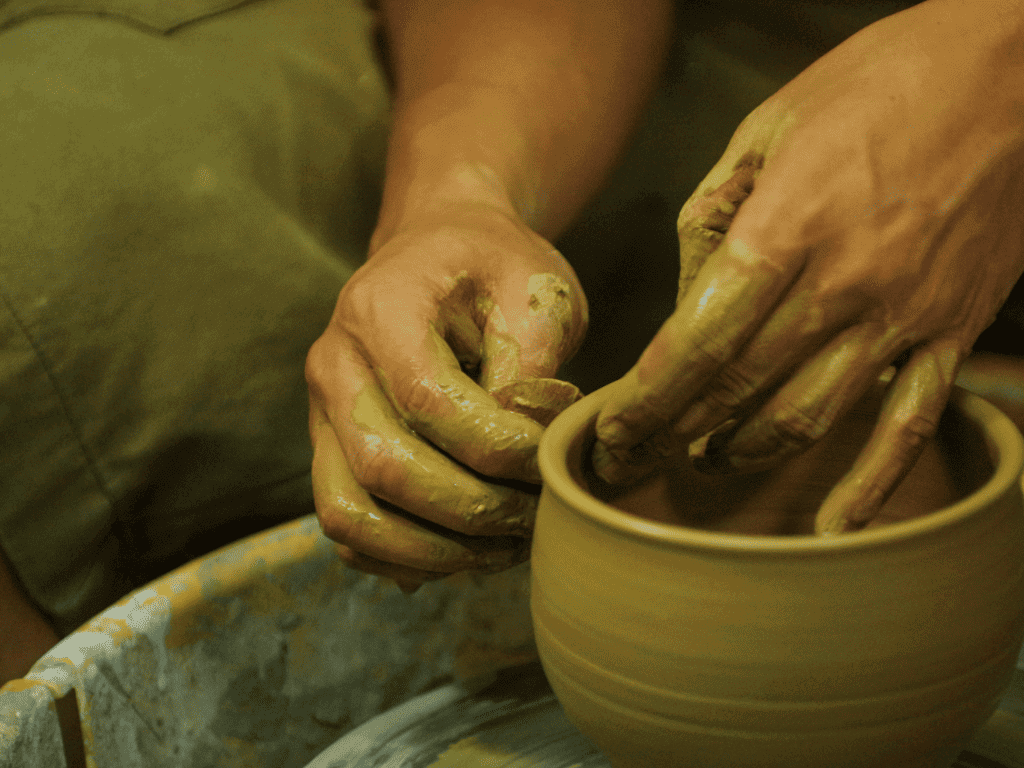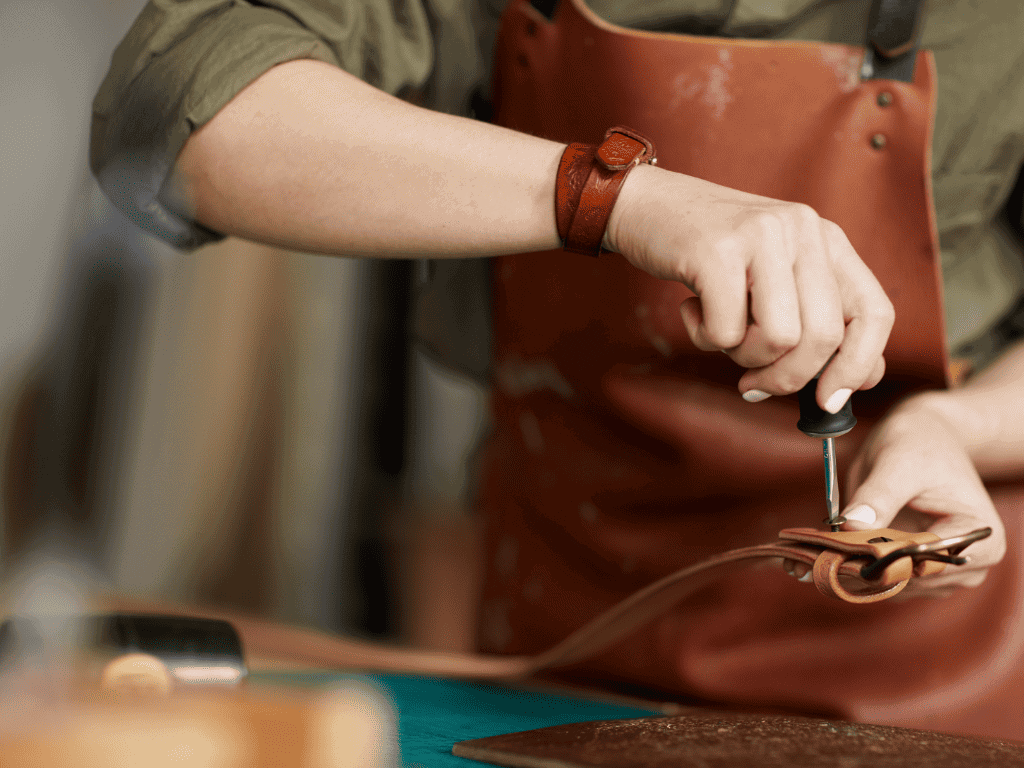THE CRAFTSMANSHIP OF THE TUSCAN MAREMMA HAS THE CHARACTERISTIC OF BEING "POOR", THE ARTISANS ARE ABLE TO CREATE UNIQUE PIECES STILL MADE BY HAND, USING ANCIENT PROCESSING TECHNIQUES, INCLUDING ETRUSCAN.
Wood, ceramics, terracotta, stone, wrought iron, basketry, fabric: Maremman craftsmanship is “humble,” linked to a region that historically provides few but renowned raw materials. It’s a craftsmanship that doesn’t mass-produce; each piece is homemade, done in a traditional manner. It’s the result of the intelligence and dedication of the individual, not taken in a global sense but rather on an individual basis. Ancient tradition ceramics – also inspired by Etruscan models – is revived in the villages and historic towns of the Tuscan Maremma by a new generation of craftsmen potters and ceramists who combine design, contemporary creativity, and new technologies with the ancient wisdom of potters, or conversely, reproduce ancient vases for the use of tourists.
In addition to ceramic art, in Maremma, the craftsmanship of wrought iron in slender and inimitable forms continues to thrive, as well as woodworking, shaping objects inspired by the natural forms of roots or logs. Leather and leatherwork also persist, with traditional accessories, clothing, boots, bags, and saddles reminiscent of legendary craftsmanship. Maremma’s “Butteri” (cowboys), hard stones crafted and set in more or less precious metals, and the art of basket weaving, once widespread along the coasts and in marshy areas, are also part of the region’s artisanal heritage.
MAREMMA CRAFTSMANSHIP CONTINUES TO EXIST TODAY THANKS TO THE EFFORTS OF ANCIENT ARTISAN SHOPS AND MODERN WORKSHOPS THAT PERPETUATE AND OFTEN REINTERPRET ANCIENT TRADES IN A MODERN CONTEXT.
The art of weaving natural fibers, associated with rural life in Maremma, is not lacking, as well as stonework. The latter is practiced with particular vigor in the so-called Tufo Area, in the inland Maremma, where the malleability of the local raw material gives rise to works of great charm. Pitigliano, Sorano and Sovana – the famous Tuff Cities – are living examples of homes built and perched on the tufaceous rock, an ancient art form that of modeling tuff, already used in the time of the Etruscans and then come on Romans, to build necropolises, tombs, everyday objects and communication routes (Etruscan hollow or cut roads). Massa Marittima, some areas of Monte Amiata, small centers in the hinterland, are jealous guardians of true and authentic artisan workshops and to find them, to find them more properly, you need to ask, look carefully in the modest shop windows to find those objects made in Maremma, very often created by hand, simple things, but which contain at their roots centuries of history and traditions.




